Humming Blog |
|
I touched briefly on hummingbird gardens in a recent post, but I want to elaborate on it a bit. Flowers and feeders are essential for attracting hummingbirds and keeping them around your garden. They go hand in hand when creating the perfect hummingbird paradise. You might ask, "can I go with just one or the other?" My answer would be quite simple. If you want to be really successful at attracting hummingbirds, then it's important to have both flowers and feeders present. Flowers provide large targets and quickly get their attention. In Springtime we have entirely an adult population, so feeders are first priority to all of them. All hummingbirds from the previous year will have learned what feeders are and always gravitate to them over flowers. However, they have that instinctive trigger that sets off every time they see a mass of color. It draws them in, and from that point they choose according to their priority list. Young birds instinctively choose flowers first. As a matter of fact, a young hummingbird may go several weeks without discovering the benefits of a feeder, and this is NOT to say that they prefer flowers over feeders. It simly means they haven't figured out feeders yet. Flowers are crucial for attracting the young. I've always said, flowers attract hummingbirds and feeders keep hummingbirds, but until the point that young birds understand a feeder, we have to have enough alternate food sources available to keep them satisfied, until they solve the feeders. Today I want to focus on flower choices for each season. It's of the utmost importance that we choose flowers for every important time throughout the hummingbird season. Although I choose flowers suitable for my times, you will have to choose flowers perfect for your seasons, and these times will vary greatly across the continent. Bergenias are one of my favorite perennials for first thing in Spring. They are also one of the few choices of perennials that are in full bloom at the time the first hummingbird show up for the season. Because I have limited choices for blooming perennials early on, I have to make up for it with annuals. Some annuals I plant directly from seed so they won't have an impact until the young birds leave the nest in late July and August. Then there are those that I start indoors a few months before the last frost. My first choice would be Million Bells. They bloom like no other annual, they are remarkably hardy and can withstand mild frosts, and will continue blooming for the remainder of the season. Hummingbirds, both adults and juveniles are attracted to them. 3 to 4 weeks after the adult hummingbirds arrive in our yards, they are well into nesting. This can become a very quiet period in our yards. Feeders will become a necessity during this time even though we'll see far fewer sightings at this point. Females will incubate for great lengths of time but show up ocassionally for a necessary feeding, and males will do their thing, but highly rely on their territory feeders to keep their energy up. At this point flowers have less value, but what comes next are the peak times throughout our hummingbird season. As I mentioned earlier young birds will be drawn to flowers, so we have to prepare our garden with the most and the best flower choice possible for this time. At the time when the first young start leaving the nest should be the time that your garden is exploding with color, but not with just any flowers. About 20% of your flowers will make up nearly 100% of the juveniles food until they solve the feeders. Here are some of my top choices that I plant heavily, that I know will bloom during my peak hummingbird season, between July 15 and August 25. Gardeners should be in the planning process if not already started with indoor plants. Your garden varieties will vary from one location to another, but make sure you plan for the peak times, when they first arrive, and especially when the young leave the nest until they migrate south.
0 Comments
Leave a Reply. |
Archives
June 2023
Categories
All
|
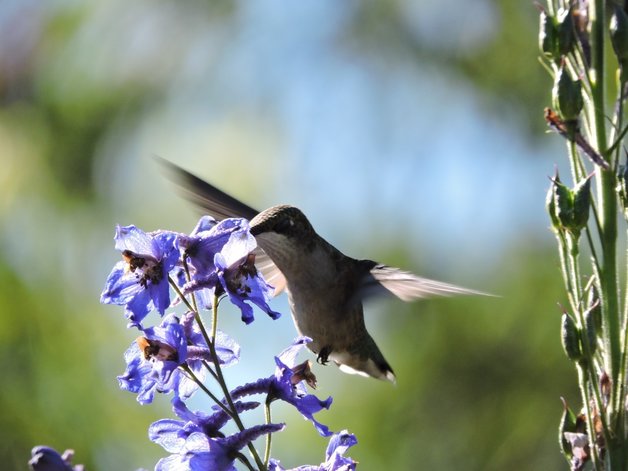
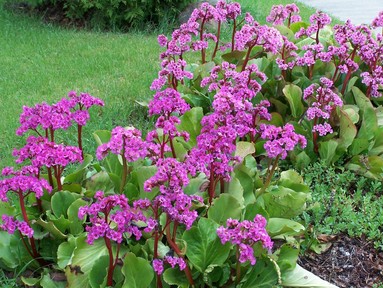
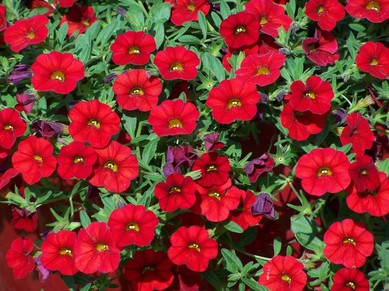
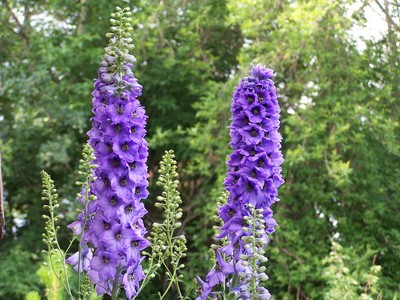
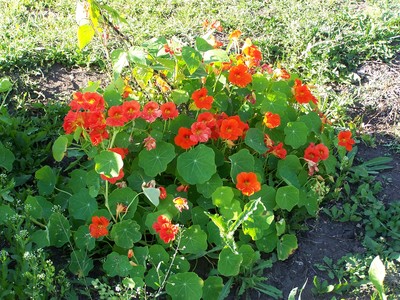
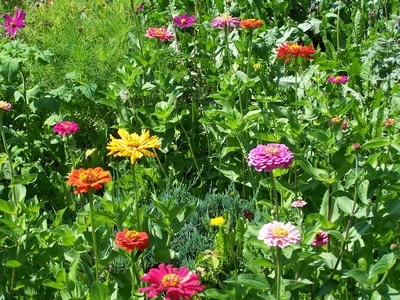
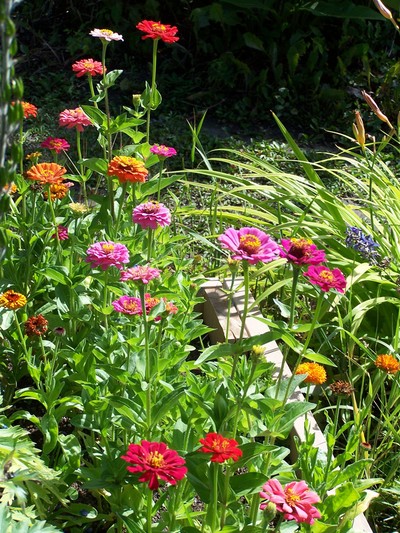
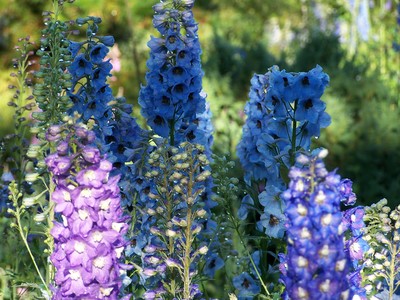
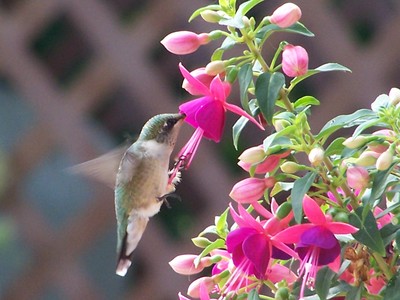
 RSS Feed
RSS Feed
